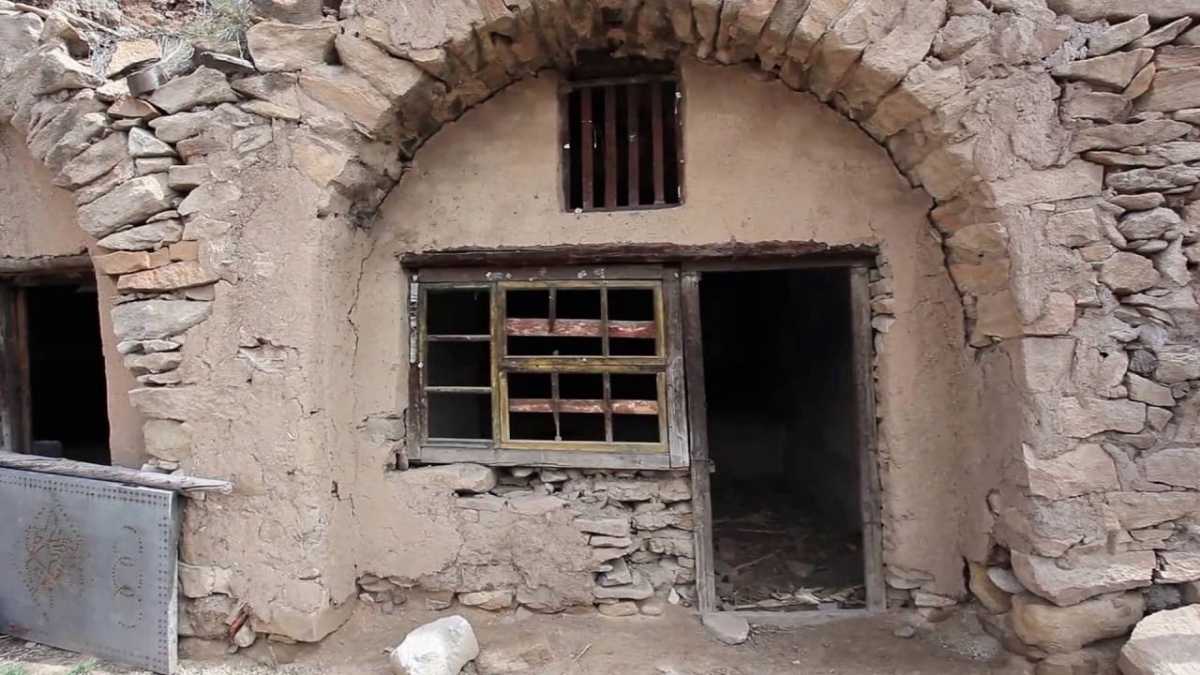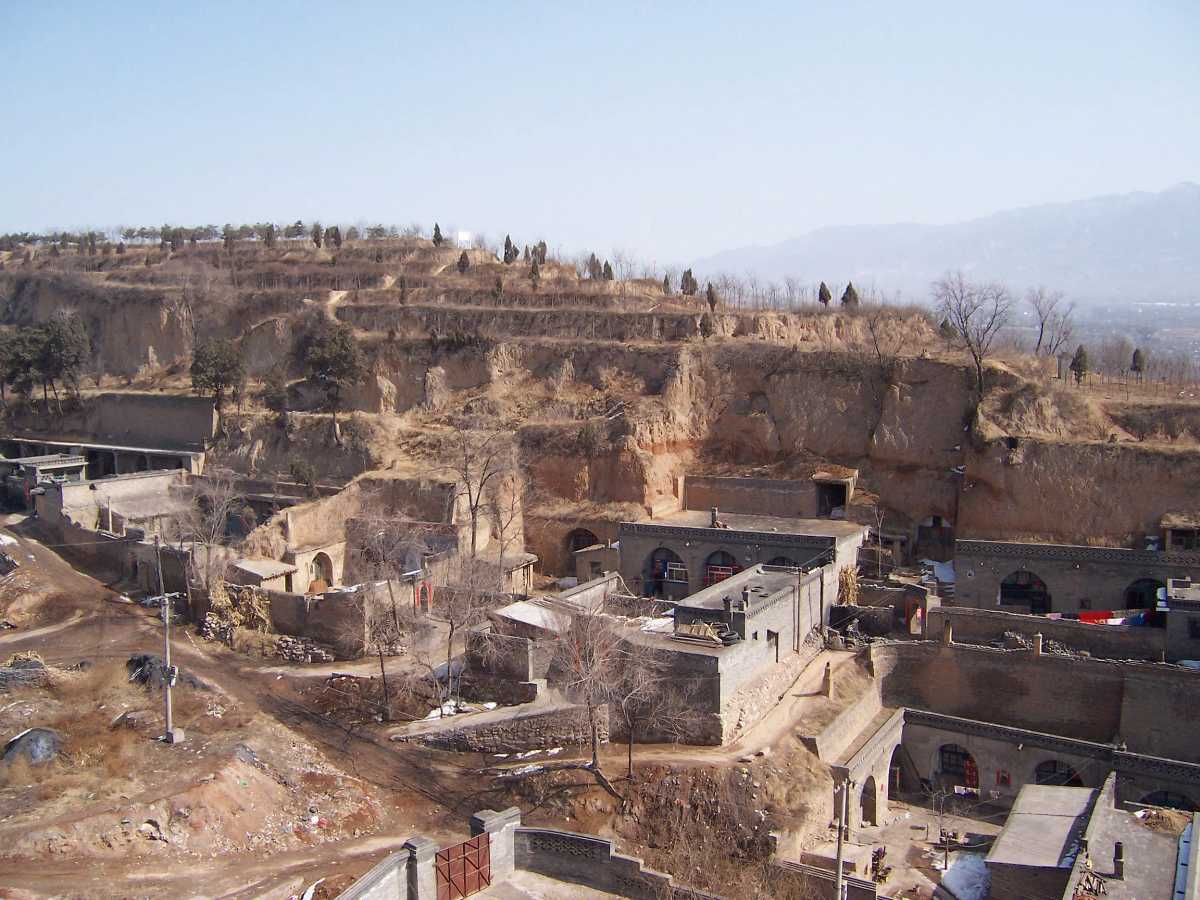About The Chinese Caves
These caves aren't ordinary but sustainable ones. The caves are said to cause no harm to the environment and are energy efficient. Notable men, including Mao Zedong, is said to have lived in a cave.Where Are They Found?

A few are also to be found in the Henan Province.
Official Report Statements
An inference from the 2007 report says that people living in the Henan province caves are mostly aged individuals and have been abandoned by the younger generation.
How Are They Made? - Cave Architecture

Architectural Highlights
The cave dwellings have a typical design. With each having a semicircular entrance flanked with a shield of rice paper or quilts, the doorways lead to a long vaulted room, dug sideways of the mountain.
Want to Stay in a Cave? Here's How
LA Times Report suggested that each cave can be rented for USD 30 per month, which does not include the plumbing costs. The deluxe suite costs USD 46,000 inclusive of plumbing charges and three-bedroom accommodation space.However, some cave families are unwilling to part with their caves as they have been passed down as part of their legendary inheritance. These families aim to keep their dwellings safe and a part of their heritage space.
What are your views on these cave dwellings? Let us know in the comments below!
